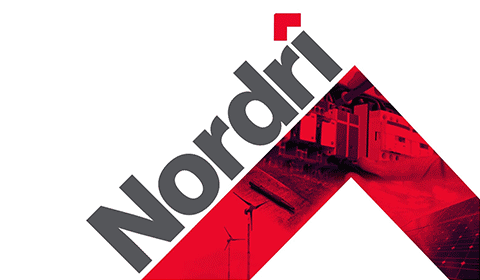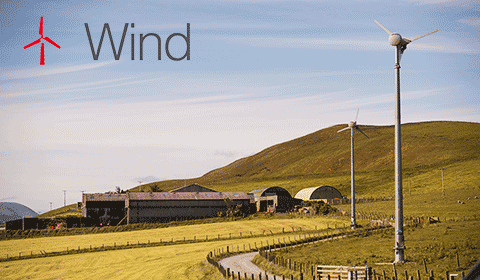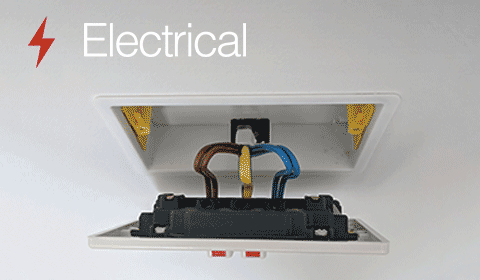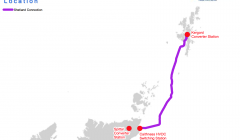Energy / Viking Energy’s power output drops to 17 per cent
WHAT was promoted as the UK’s “most productive onshore wind farm” is turning out to be one of the country’s most poorly performing.
Rather than producing electricity at a load factor of around 50 per cent, as forecast and promoted by owner SSE Renewables, the Viking Energy wind farm has so far been churning out electricity at a rate of just 17 per cent of what is potentially possible.
The 103-turbine project became operational in summer last year.
The average load factor for onshore wind farms in the UK currently stands at 26.34 per cent, according to Renewables UK. For offshore projects the average output rises to just over 40 per cent.
The £600 million wind farm in the central mainland of Shetland is standing idle for long periods due to constraints and bottlenecks in the national grid network.
The Viking wind farm ranked third for the highest amount of energy going unused in the UK in 2024 as reported by Shetland News in January.
Viking third in list for unused energy in 2024 despite August opening
The SSE-owned project saw over 464,000 MWh of energy constrained in the final five months of the year, data from the Renewable Energy Foundation (REF) shows.
Only two wind farms – Seagreen and Moray East – had higher totals, with both being offshore developments.
The 443MW wind farm was supposed to power as many as half a million households, but industry insiders have warned for a long time that any new wind farm project in the north of Scotland was in danger of becoming ‘stranded’ until the national grid is upgraded.
SSE Renewables is however cashing in on constraint payments for the time Viking is not producing any energy.
The company was so far neither willing to disclose nor to discuss its performance, citing “commercial sensitivities” for its decision not to comment when asked several times by Shetland News last week.
Become a member of Shetland News
However, the load factor information can be extracted from the Elexon Kinnect platform and is publicly available.
Chair of local campaign group Sustainable Shetland, Frank Hay, said he was not surprised about SSE being coy about the Viking load factor.
“As is plain to see, this wind farm is very much a part-time operator. Perversely, the Viking wind farm seems to operate mainly when the winds are light,” Hay said.
“It seems ridiculous that the grid inadequacy on mainland UK was not obvious when approval of this wind farm was being considered.
“Unfortunately, it will probably be years before the necessary grid upgrades will be completed and Shetland’s ‘world class wind’ can be fully utilised.
“The only redeeming feature is that the constraint payments have been dramatically reduced from £26 per MWh last August to £3 per MWh in March. No doubt SSE are still making a profit.”
Ofgem said it could not comment on constraint prices, which are submitted by generators such as Viking and have to be accepted by the National Energy Systems Operator (NESO).
The energy regulator however said that generators are “prohibited from obtaining an excessive benefit in relation to the prices charged to reduce their output”.
“Ofgem has required licensees to pay significant penalties where they have been found to have secured excessive benefits,” it added.
It opened an investigation into the Moray East offshore windfarm this week, saying its constraint payments “appear expensive relative to the expected marginal cost of reducing generation for this generator”.
The windfarm, which opened in 2021, has earned as much as £87 per MWh, and was paid £12,767,738 for keeping the wind farm offline in August 2024.
Become a member of Shetland News
Shetland News is asking its readers to consider paying for membership to get additional perks:
- Removal of third-party ads;
- Bookmark posts to read later;
- Exclusive curated weekly newsletter;
- Hide membership messages;
- Comments open for discussion.
If you appreciate what we do and feel strongly about impartial local journalism, then please become a member of Shetland News by either making a single payment, or setting up a monthly, quarterly or yearly subscription.















































































